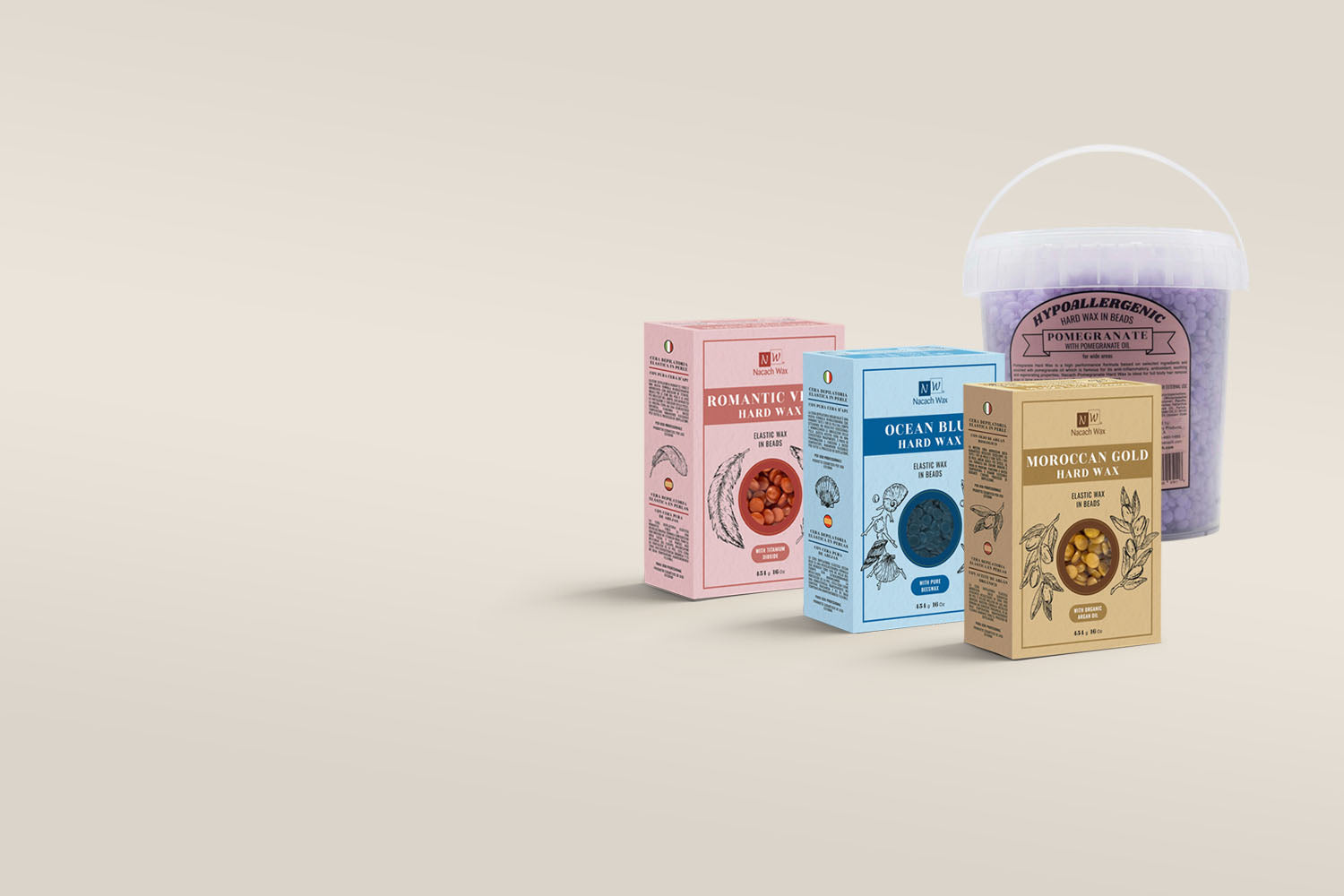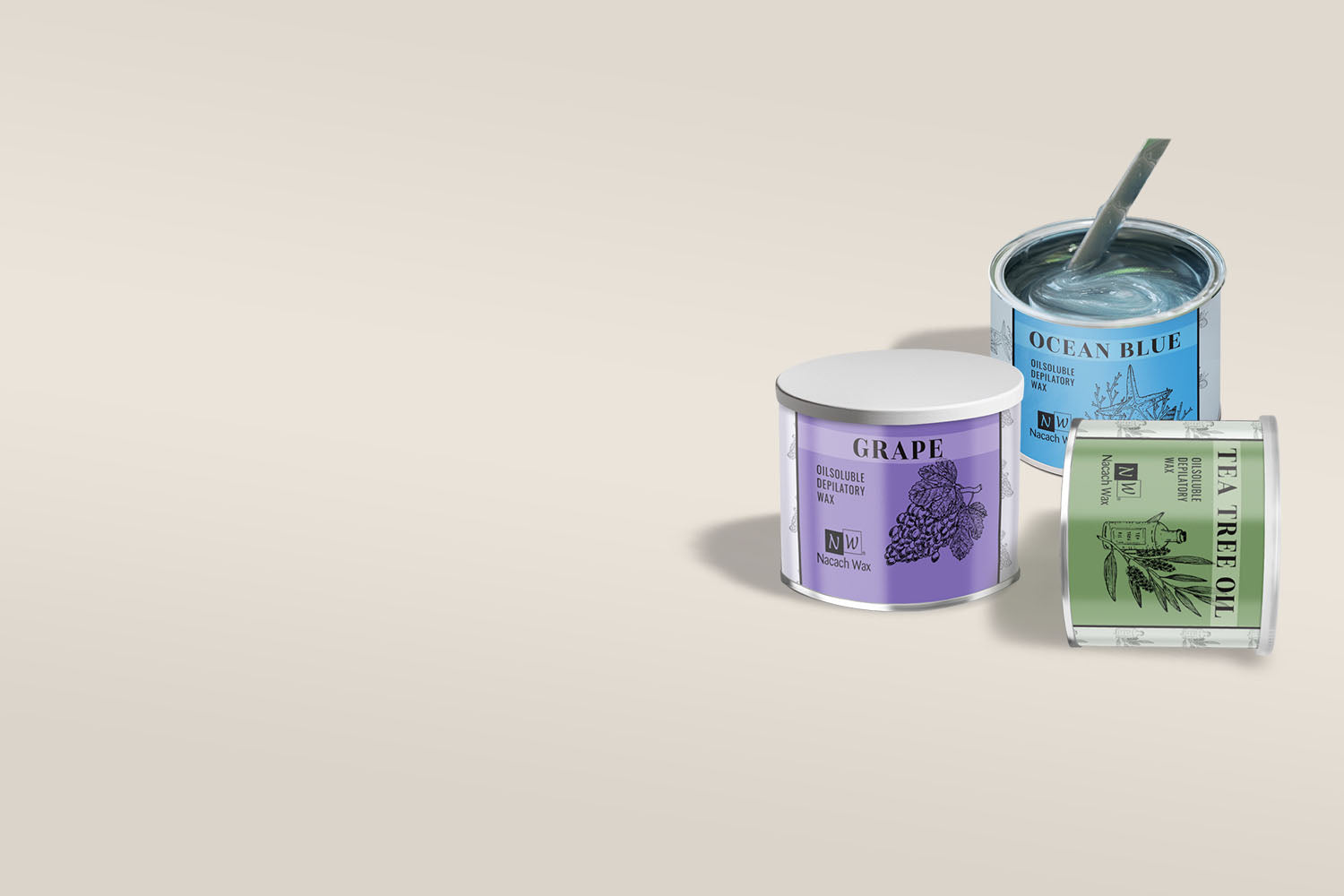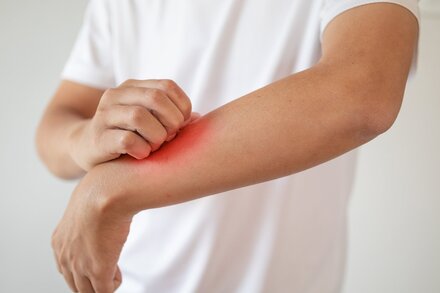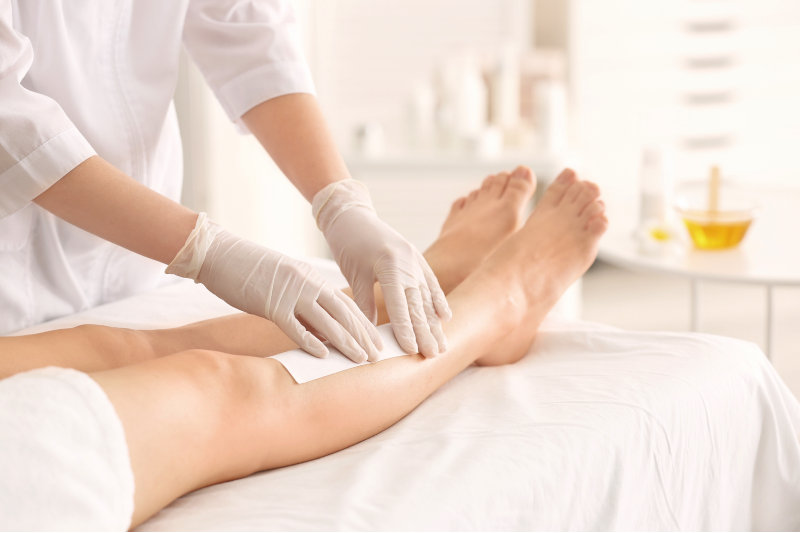The skin is the largest organ in the body, and like your other organs, it’s prone to infections.
Waxing can increase the risk of contracting some skin infections and push existing infections on the skin’s surface into deeper layers of the skin.
Here are a few of the most common skin infections, how to identify them, and how to avoid them.
Types of Skin Infections

There are four main types of skin infections:
- Bacterial skin infections
- Viral skin infections
- Fungal skin infections
- Parasitic skin infections
Bacterial infections are the most common, caused by bacteria entering tears in the skin. This type of infection often begins as a small, red bump that slowly increases in size.
Viral skin infections, like chickenpox, shingles, or measles, are caused by the presence of a virus and can range from mild to severe.
Fungal infections are most common in damp areas of the skin. They are caused by a fungus and are typically not contagious or life-threatening. Common fungal infections include athlete’s foot, yeast infections, and diaper rash.
Parasitic skin infections are not life-threatening but can spread beyond the skin and into your bloodstream or other organs. Caused by a parasite, this type of skin infection includes lice, bedbugs, and scabies.
Folliculitis
Folliculitis is a common skin ailment resulting in infected hair follicles. It is usually caused by a bacterial or fungal infection. It can be identified by clusters of small red bumps or pimples that appear around hair follicles and causes burning, itching, or tender skin.
Folliculitis of the groin is a common area for the infection to occur due to moisture, shaving, and friction from tight clothing.
An infected pore can usually be treated with an antibiotic cream or ointment. While not life-threatening, leaving folliculitis untreated can cause hair loss and scarring.
A few ways to prevent folliculitis include:Furuncle vs. Carbuncle
Furuncles and carbuncles are also infections caused when bacteria enter a hair follicle.
Furuncles
Also known as boils, this type of infection can be identified by a rapidly developing pink or red bump. They are painful and cause the surrounding skin to become inflamed. Furuncles can clear up on their own without intervention in two to three weeks.
Carbuncles
Less common than a furuncle, carbuncles are a collection of boils that appear in one area. It usually has one or more puss-filled openings. More serious infections can cause fever and exhaustion. Carbuncles are infectious and can spread not only to other parts of your body but to other people you come in contact with.
Minimize your risk of furuncles and carbuncles; wash your hands frequently with antibacterial soap. Don’t share washcloths or towels with others and avoid coming in close contact with someone who has boils.
Bacterial Skin Rashes

Two common skin infections that result in a bacterial rash are cellulitis and erysipelas. The most common cause for these infections is group A streptococcal bacteria and require antibiotic treatment to cure. Here’s how to identify erysipelas vs. cellulitis.
Cellulitis
Cellulitis is a common skin infection, but is potentially serious and can be life-threatening. It is identified by swollen, red skin that is warm to the touch. It most frequently appears on the legs, but can occur on other areas of the skin and can spread quickly.
While usually impacting the surface of the skin, it can impact the tissue underneath and spread to other parts of the body.
The best way to prevent cellulitis is through frequent washing with antibacterial soap. Wear appropriate clothing and footwear to avoid cuts and scrapes and use care during manicures and pedicures.
Erysipelas
Erysipelas also affects the surface layer of the skin. The bacterial infection can be identified by a raised, well-defined rash that is tender and bright red in color. Other symptoms include pain and fever. It typically occurs on the face but can form on other areas of the body.
Compared to cellulitis, erysipelas impacts more layers of the skin. It can be life-threatening and requires antibiotics for treatment.
To prevent erysipelas, frequently wash your skin with antibacterial soap and keep wounds clean. If you are waxing, use post wax moisturizing milk, post wax refreshing cream or other professional after wax care products to prevent skin from cracking and avoid scratching broken skin.
Takeaways
Skin infections are common and can range in severity. It is important to understand and identify symptoms to know the proper way to treat skin infections and if it may be contagious.
While some infections are unavoidable, the best way to reduce your risk of a skin infection is by washing your skin frequently and keeping cuts clean, even if they are small.







